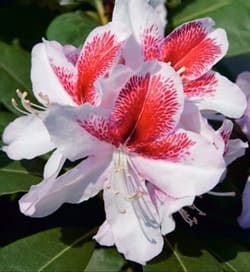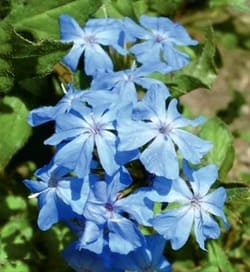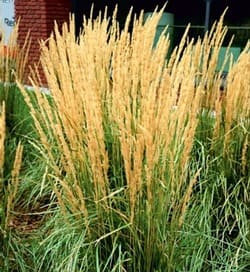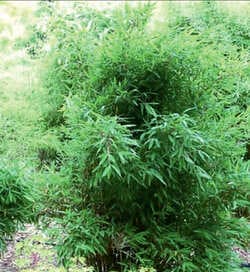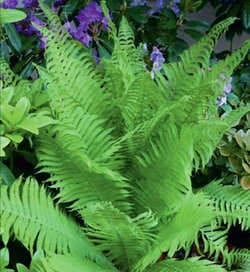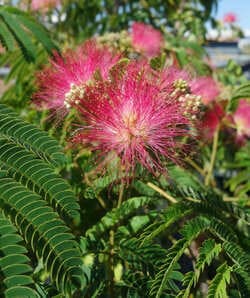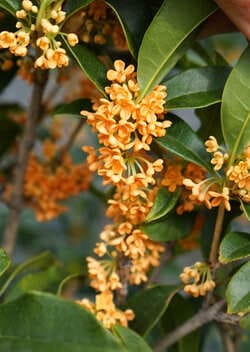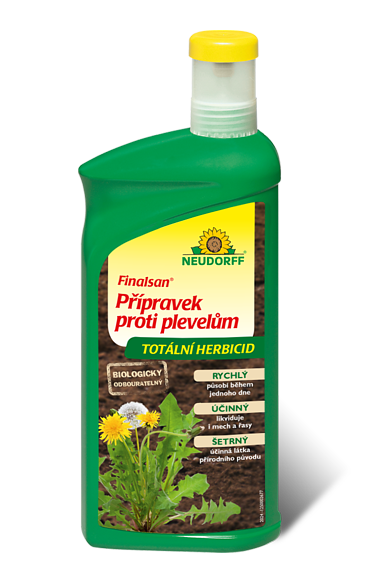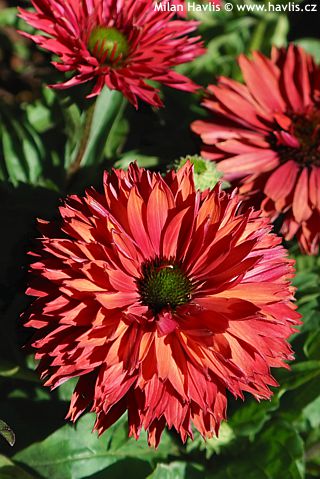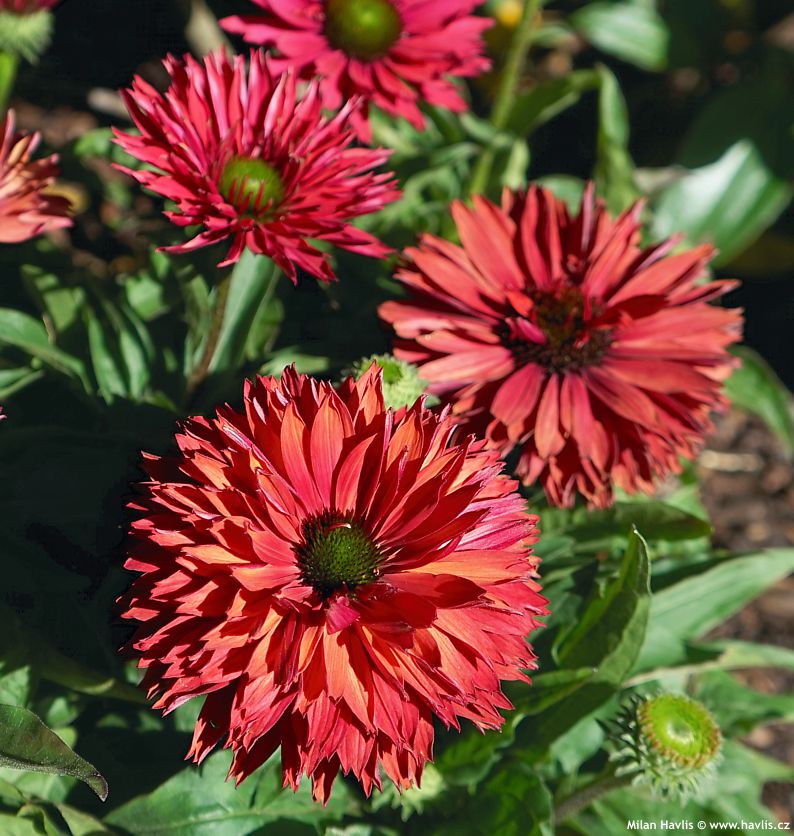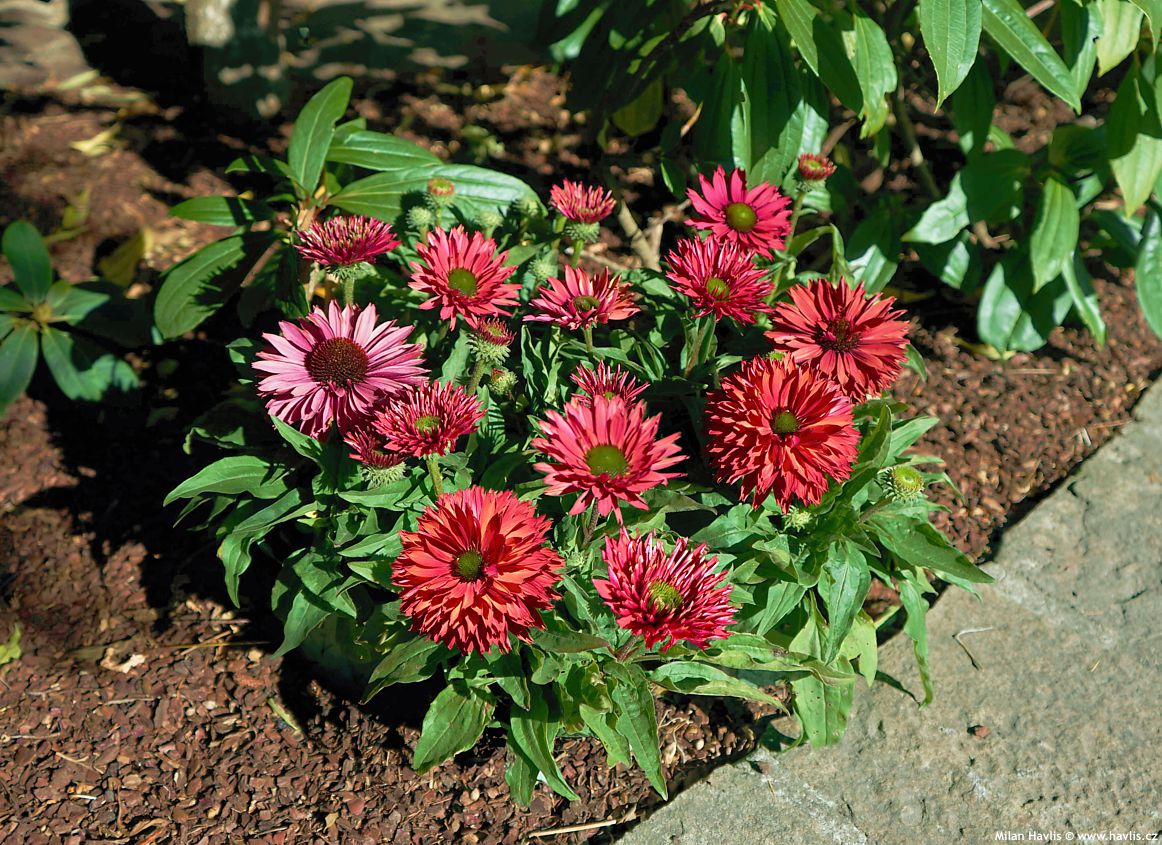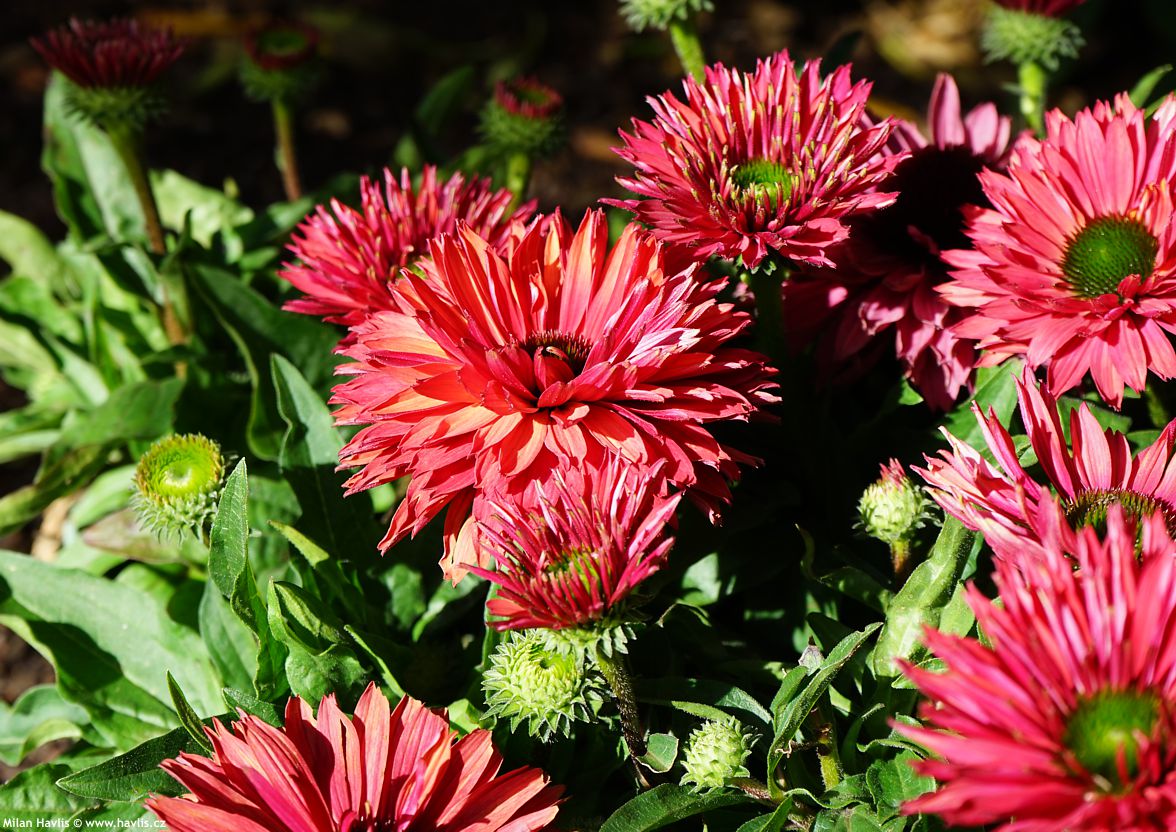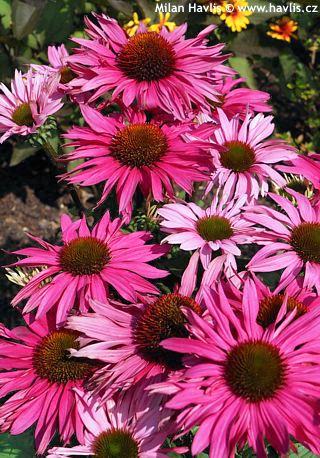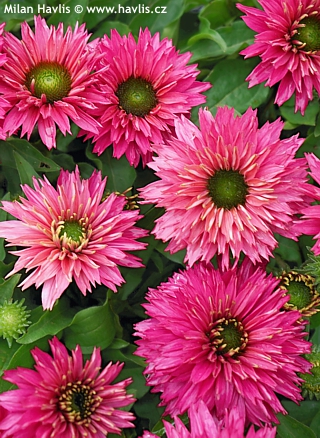Echinacea SUNSEEKERS WATERMELON coneflower
Echinacea
The SunSeekers series of Echinacea offers a wide palette of this remarkable perennial, with all varieties boasting vigorous health, dense growth, and abundant flowering in saturated colors that don’t fade. The first part of the series, identified by patent designations beginning with "Apecss-", features cultivars with simple flowers in rich, dark shades. In contrast, the newer group — with names starting "Ifecss-" — represents a completely fresh direction, with varieties whose magnificent, often semi-double or exceptionally large flowers look strikingly unique: more like gerberas crossed with dahlias than traditional echinaceas.
These plants are bred by Innoflora B.V. of the Netherlands. Their journey to fame began in 2018, when the first cultivar, SUNSEEKERS SALMON, won the prestigious gold medal from KVBC at the Dutch novelty fair Plantarium and took the coneflower world by storm. The credit goes to breeder Jelle van den Haak, who created six standout cultivars in the series. Yet, cultivars appearing after 2020 carry a distinct handwriting and signature – that of Glenn Spil, another accomplished breeder. These newer varieties also have inventive, flavourful names that sound so tasty (yet inedible), such as Pumpkin Pie, Mineola, Watermelon, or simply Citrus 😊. Imaginative, right? All of these cultivars bear the label Plants for Pollinators invented by the RHS (Royal Horticultural Society), thanks to their rich nectar that supports bees, butterflies, and other pollinators.
If you are a fruit lover, you must know the tempting sound when cutting into a fully ripe watermelon. The way it is cracking under your knife and the sweet smell whip up your senses so much that once it splits in half you can’t to bite the largest chunk of its bright pink flesh. Hybridizer Glenn Spil must have felt the same way when she first spotted her creation among many other testing plants. No wonder it was later aptly named SUNSEEKERS WATERMELON. It is a modern coneflower hybrid with flowers so full that some may resemble fully double dahlias. They are large and mostly semi-double with 3 to 4 rows of petals in a watermelon pink colour with tangerine hues on young flowers. They ripen to dusky purple. Central discs are not large, rather flat, green first and deep orange later, and hide plenty of nectar for butterflies, bumble bees as well as bees. Flowering begins in July and lasts until the last sunny and warm days of September or even October. Longevity of individual flowers is 2-3 weeks. Plants are compact and well-branched. Stems are usually 40-50 cm tall. Deadhead spent flowers regularly and feed the plants every two weeks during summer. Leaves are healthy, deep green, and lanceolate. SUNSEEKERS WATERMELON was introduced in 2024.
The plant is usually trouble-free and resistant, just be careful if slugs are present in your garden. Since coneflowers emerge quite late, often when slugs are already in their lethal strength, they could gobble up newly emerging foliage totally and thus destroy the plant before it even comes out.
Coneflower will tolerate almost any soil type but boggy. It is a prairie plant which suggests that it loves plenty of sun and heat and dislikes excess watering. Still, keep it slightly moist in the first year after transplanting, even before and perhaps during winter (if too dry) to help it establish well. From the second year it rarely requires other irrigation than rain. It is suitable for mixed perennial borders or can be used as a flowering feature among low shrubs and conifers and looks lovely when planted in a mass in a container on patios and balconies. Fully hardy to about -34 °C (USDA zone 4).
Last update 29-09-2024












